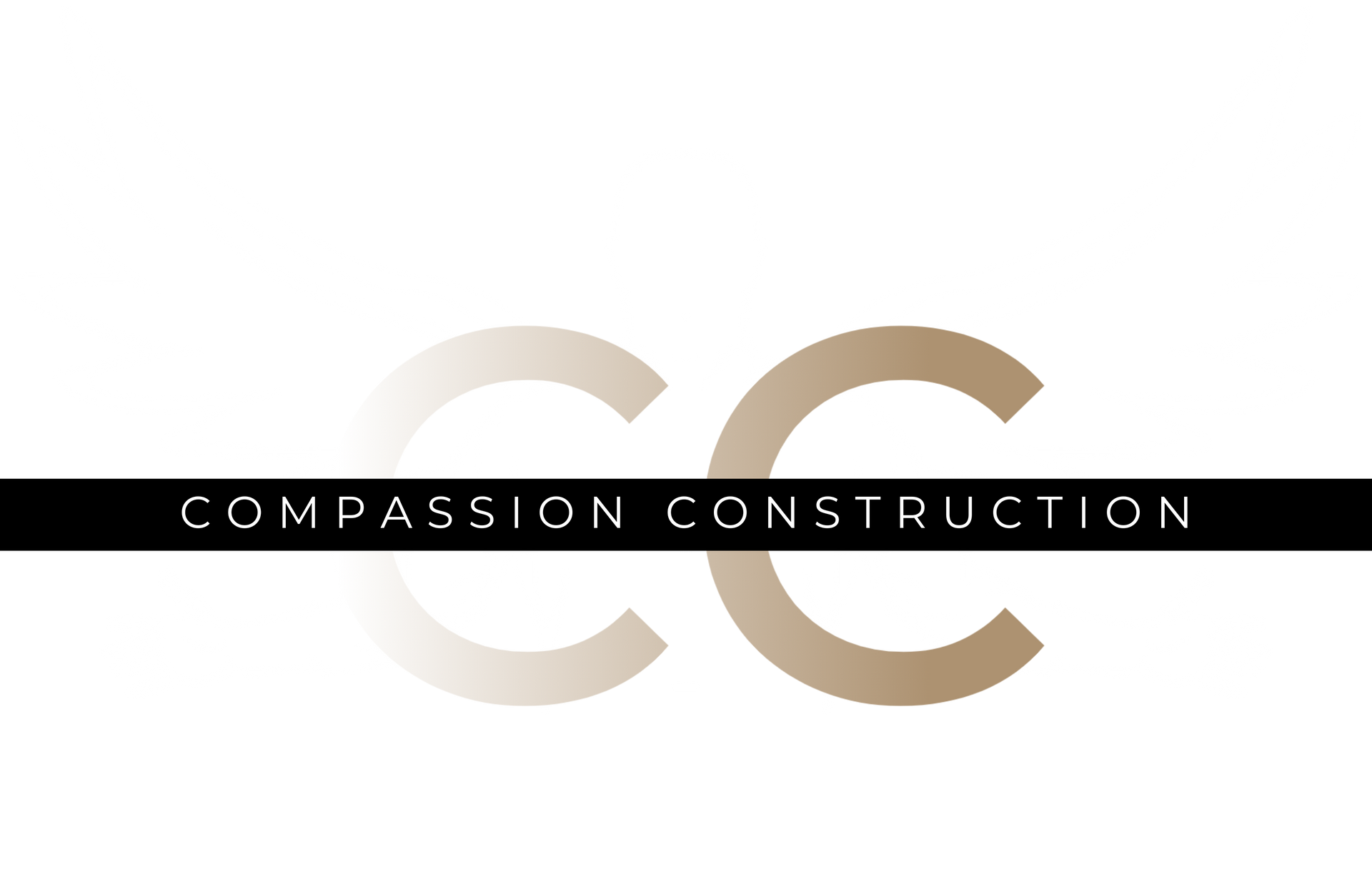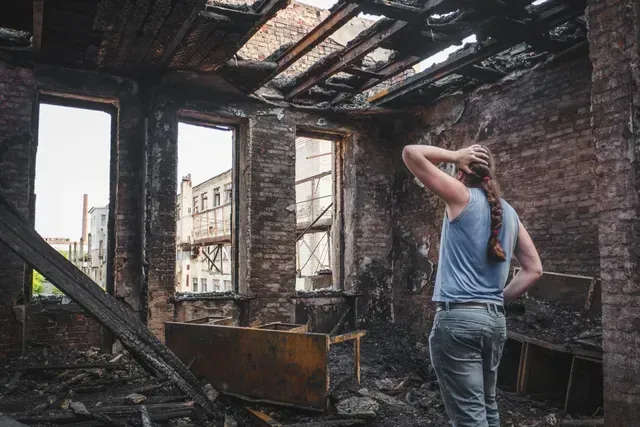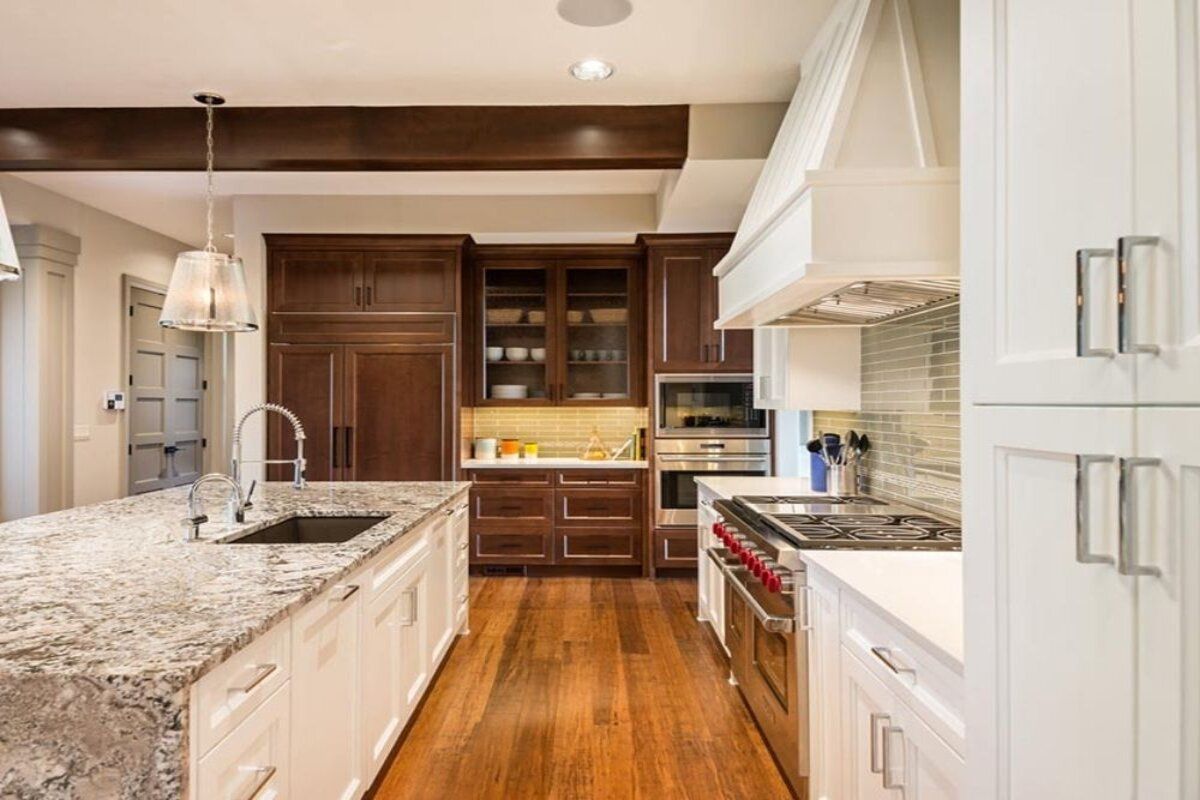How Long Does Fire Restoration Take? How Long Should You Wait?
TLDR;
Fire restoration can take anywhere from a few days to over a year depending on the severity of the fire, the type of damage, insurance processing, and permit approvals. Minor smoke damage may be resolved in weeks, but extensive structural fires may take several months or more before you can safely return.
Fire Damage Restoration Timeline: A Quick Overview
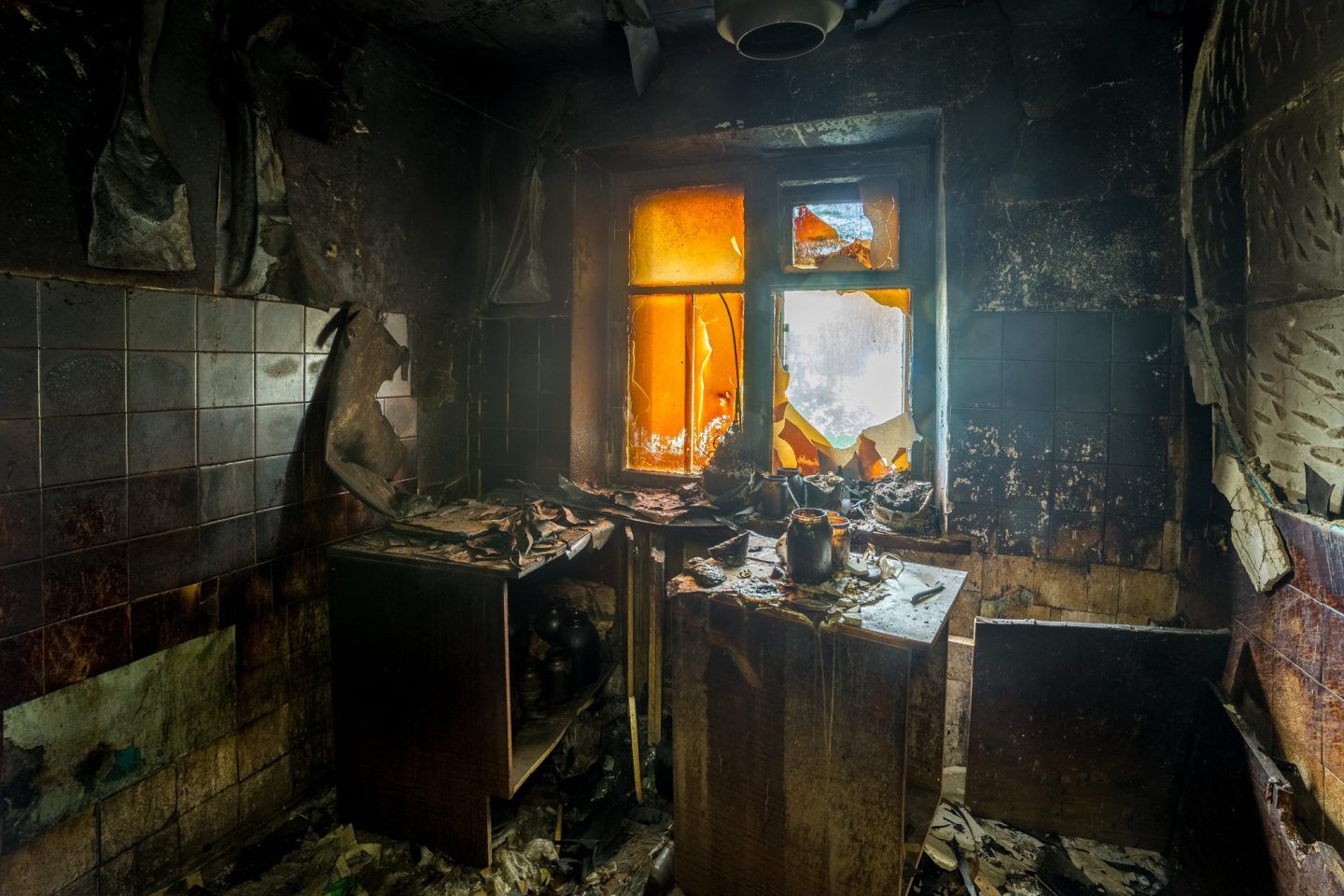
Understanding the general stages of fire restoration helps set realistic expectations—starting with the First Step After Fire Damage, which is securing your home and initiating emergency response. Here's a high-level view of what the process typically looks like:
- Emergency Response (0–2 Days): Board-up, securing the site, and initial inspection
- Water Removal & Drying (2–7 Days): Addressing water damage from firefighting efforts
- Smoke & Soot Cleaning (1–2 Weeks): Odor removal and surface restoration
- Structural Repairs (Weeks to Months): Rebuilding damaged areas
- Final Cleanup & Inspection (1–4 Weeks): Final polish, inspections, and move-in
Each phase can shift in duration based on the fire's scale, contractor availability, and external approvals.
Key Phases of the Fire Restoration Process
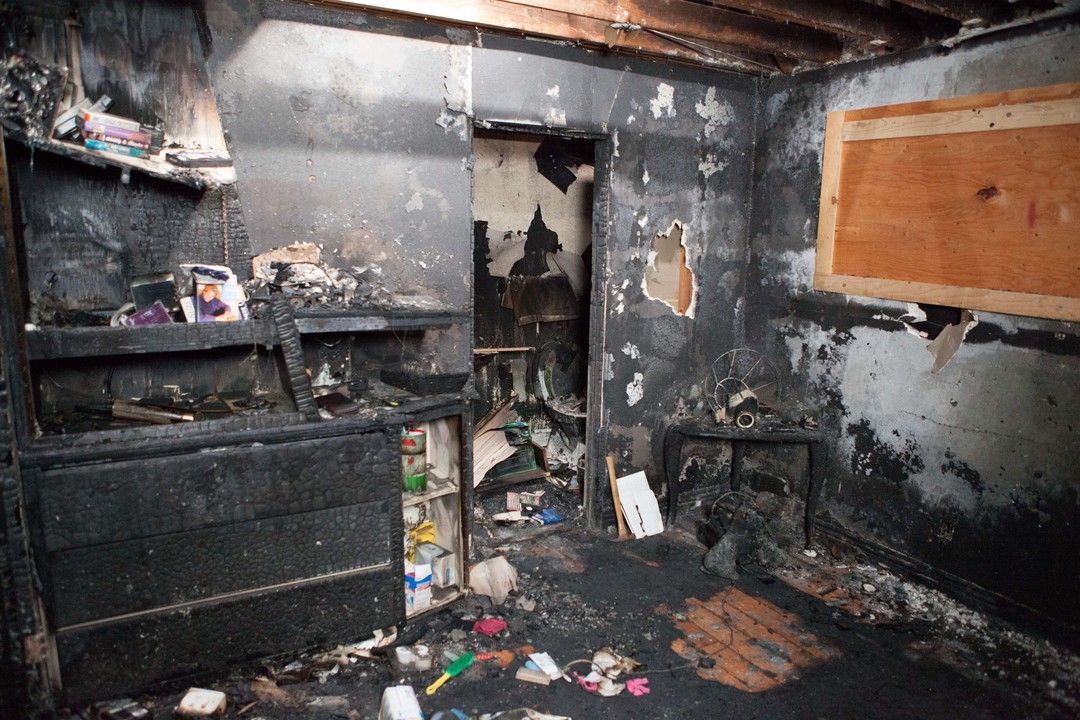
Phase 1 – Emergency Response (0–2 Days)
Once the flames are out, the clock starts ticking.
- What Happens:
Restoration companies like Compassion Construction arrive quickly to secure the property and prevent further damage.
Board-up services, roof tarping, and safety assessments are conducted. - Why It Matters:
Delaying this step increases risk of vandalism, weather damage, and even liability. - Who’s Involved:
Fire department, insurance adjusters, restoration contractors.
Phase 2 – Water Removal & Drying (2–7 Days)
Most people don’t realize firefighting causes water damage too.
- What Happens:
Industrial air movers, dehumidifiers, and moisture meters are used to dry floors, walls, and framing. - Why It Matters:
Lingering moisture creates mold within 24–48 hours if not properly addressed. - Tools Used:
HEPA vacuums, air scrubbers, infrared moisture sensors.
Phase 3 – Smoke and Soot Cleaning (1–2 Weeks)
Smoke can spread through the entire house—even to rooms untouched by fire.
- What Happens:
Surfaces are dry- or wet-cleaned depending on the type of soot. HVAC systems are cleaned. Air purification follows. - Why It Matters:
Smoke contains acidic compounds that corrode wiring, drywall, and metals. - Equipment Used:
Air scrubbers, ozone machines, thermal foggers.
Phase 4 – Structural Repairs & Rebuild (Weeks to Months)
This is usually the longest phase.
- What Happens:
Demolition of damaged structures, framing, roofing, drywall, and finish carpentry.
Electric, plumbing, and HVAC systems may require replacement. - Why It Matters:
Repairs can’t proceed until permits are secured and insurance approvals are finalized. - Factors That Add Time:
- Permit approval delays
- Custom material backorders
- Contractor scheduling bottlenecks
Phase 5 – Final Inspection & Move-In (1–4 Weeks)
The finish line.
- What Happens:
Local inspectors approve utilities, restoration crews do final cleaning, and belongings are returned. - Why It Matters:
Emotional readiness is part of restoration. This phase helps families prepare for re-entry.
What Affects the Fire Restoration Timeline?
Fire Damage Restoration Timeline by Severity
| Severity | Damage Description | Estimated Duration | Cost Impact |
|---|---|---|---|
| Minor | Light smoke, no structural issues | 1–3 weeks | $3,000 – $8,000 |
| Moderate | Smoke + water damage, partial rebuild | 4–8 weeks | $10,000 – $25,000 |
| Severe | Structural damage, rebuild required | 3 months to 1+ year | $30,000 – $200,000+ |
Common Delays in Fire Restoration

Delays are often unavoidable, but knowing them can help you prepare.
- Insurance Claim Processing:
Adjusters need to assess before work can begin, and disputes can take weeks. - Permit Approvals:
Cities may require multiple inspections throughout the rebuild process. - Hidden Damage:
Mold behind walls, weakened joists, or outdated wiring can surface during demolition. - Contractor Availability:
After major disasters (wildfires, hurricanes), demand for restoration contractors spikes.
Fire Restoration Cost & Time Comparison
| Service Type | Cost Range | Time Estimate |
|---|---|---|
| Smoke Odor Removal | $500 – $2,000 | 3–7 days |
| Water Damage Cleanup | $1,000 – $5,000 | 2–7 days |
| Structural Rebuild (Room) | $5,000 – $20,000 | 2–6 weeks |
| Whole Home Restoration | $30,000 – $200,000+ | 3 months to 1 year+ |
Tools and Technology That Speed Up Fire Restoration
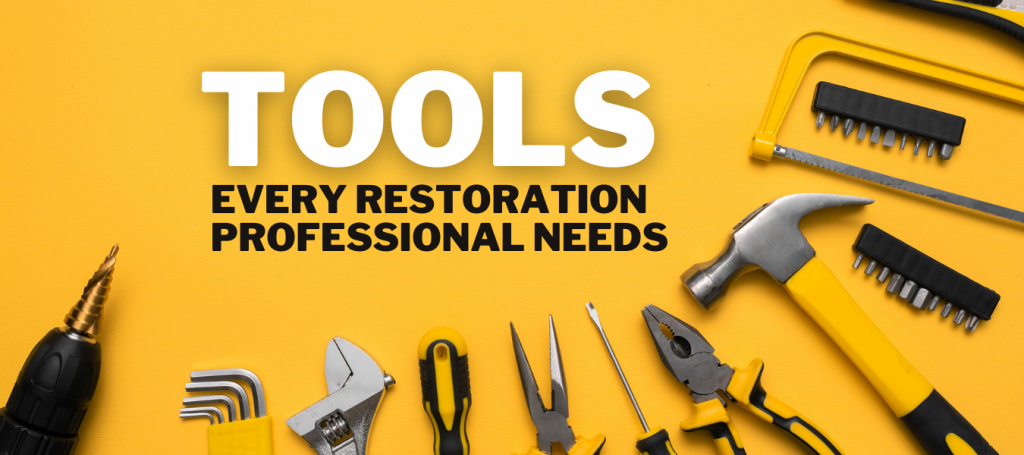
Modern equipment significantly cuts restoration time.
- Air Scrubbers: Improve indoor air quality and remove airborne contaminants
- Ozone Generators: Neutralize lingering smoke odors
- Moisture Meters & Thermal Cameras: Detect hidden dampness
- HEPA Vacuums: Trap fine particles during soot cleanup
- Drying Chambers: Isolate rooms and speed up drying with focused airflow
What Homeowners Can (and Shouldn’t) Do Themselves
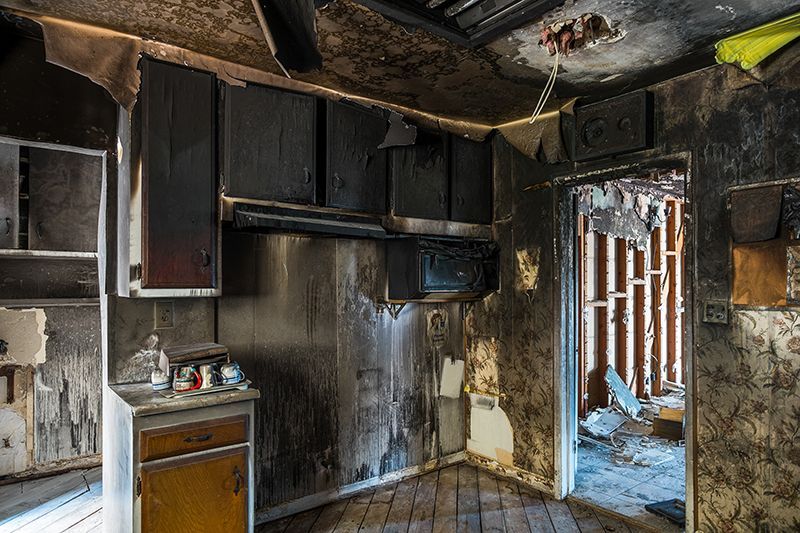
Safe Tasks:
- Ventilate the home once it's safe
- Document damage for insurance
- Remove undamaged personal items
- Coordinate with your insurance adjuster
Tasks to Avoid:
- Entering before the property is deemed structurally sound
- Using electricity or HVAC systems
- Cleaning soot without proper gear—many residues are toxic
- Discarding items before the adjuster arrives
Regional Factors That Affect Timeline

Geography influences fire restoration more than you'd think.
- Local Fire Codes: Different cities require different rebuild procedures
- Permit Wait Times: Smaller towns may process permits faster than urban areas
- Weather Impact: Cold or rainy weather slows drying and construction
Practical Recovery & Emotional Healing After a Fire

Restoring your home is only half the battle.
- Mental Recovery Takes Time:
The trauma of losing a home or personal items isn’t easily measured. Counseling and support groups can help. - Temporary Housing:
Short-term rentals, hotel vouchers, or staying with family are typical options. - Rebuilding Routine:
Returning to normalcy is a sign of progress—routine fosters healing.
Fire Damage Recovery Checklist

Here’s a simplified checklist to keep handy during the process:
- Contact fire department for official report
- Secure property (board-up, roof tarping)
- Notify insurance and begin claim
- Hire licensed fire restoration company (Compassion Construction)
- Begin water removal and drying
- Conduct soot and smoke odor removal
- Get permits for repairs
- Schedule and oversee structural rebuild
- Arrange for final inspection and move-in
- Connect utilities and appliances
- Monitor for lingering issues (mold, smoke smell)
FAQs: Everything You Want to Know About Fire Restoration Timing
